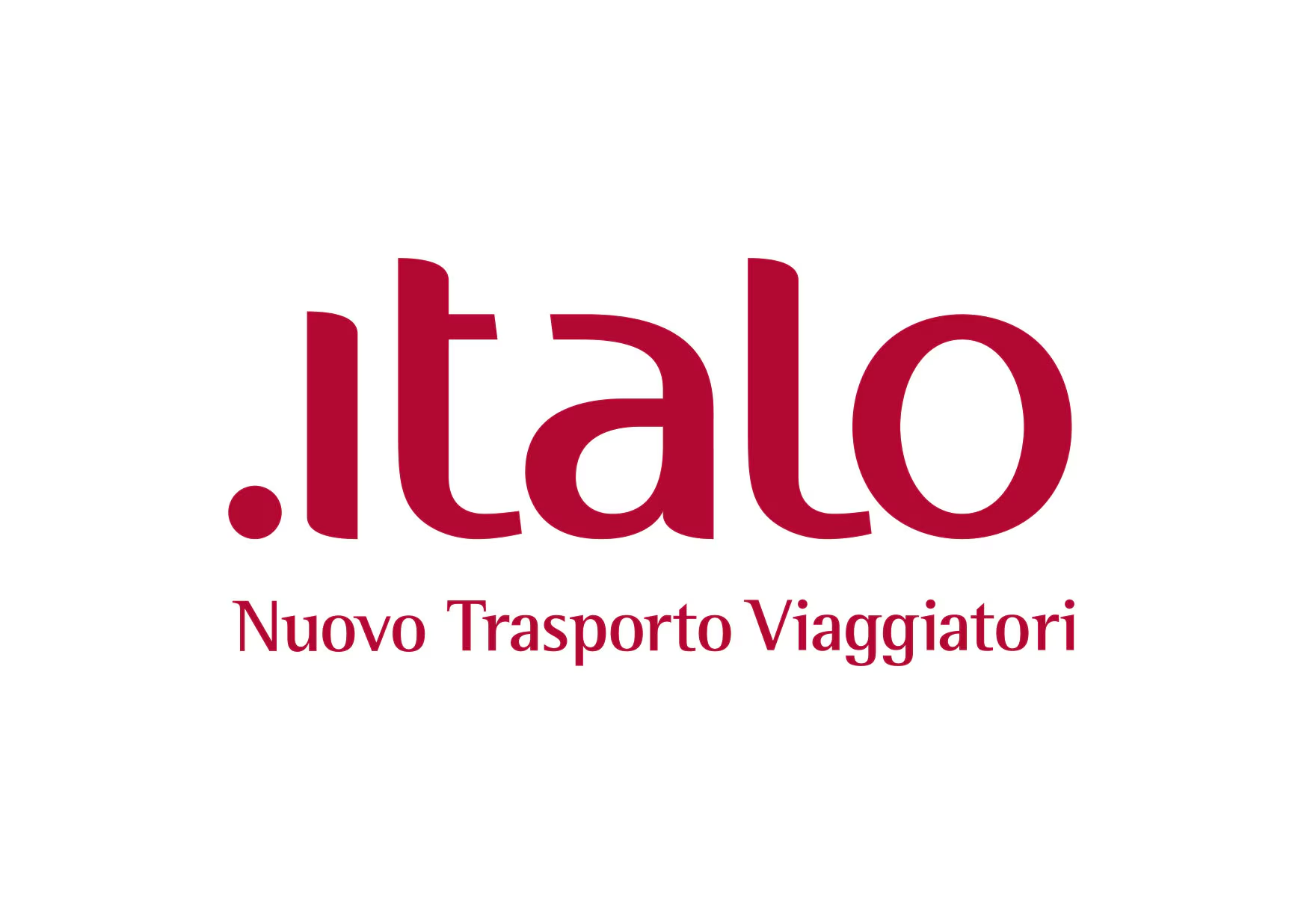
You can buy train tickets directly from the operator or through a reseller. The reseller is typically slightly more expensive (3-5%) but can provide an easier booking experience, especially if you travel with more than one operator.


These operators provide a complete journey either as a direct connection or through their partners. Even if a change of trains is involved, it’s all part of a single itinerary managed by the same train company or its partners, offering a smoother and more coordinated travel experience.


Some operators don’t run direct trains the whole way, but they serve either the departure or arrival station. In many cases, you can combine two of these operators to complete your journey by changing trains along the way. This is often a flexible and budget-friendly way to travel — especially if you’re comfortable piecing together your own itinerary.
Just keep in mind that these are separate journeys, which means a delay on the first leg could cause you to miss the second without automatic compensation or rebooking. It’s a great option for confident travelers who don’t mind a bit of extra planning.




Deutsche Bahn is Germany’s national railway company and operates a range of train types including the high-speed Intercity-Express (ICE) trains, Intercity (IC), and EuroCity (EC) services. The ICE trains are known for their speed, comfort, and modern facilities, featuring amenities such as Wi-Fi, power outlets, comfortable seating with adjustable headrests, and an onboard bistro and restaurant service offering a selection of meals and beverages. Intercity and EuroCity trains provide a slightly less luxurious but still comfortable travel experience with ample seating and dining options available.
Deutsche Bahn offers customer support services across various platforms including a dedicated helpline, online chats, and assistance desks at major train stations. They provide information and assistance in multiple languages, catering to international travelers. Deutsche Bahn also has a travel portal and a mobile app for easy booking and real-time travel updates.
Flixbus, widely recognized for its coach services, has ventured into rail transportation under FlixTrain. These trains typically run domestically within Germany and to some international destinations, offering budget-friendly travel options. FlixTrain focuses on providing basic, essential amenities aimed at cost-conscious travelers. While onboard, passengers can expect comfortable seating with ample legroom, free Wi-Fi where available, and reasonably priced snacks and beverages for purchase. The overall atmosphere is casual with a minimalist approach to onboard services.
Flixbus provides multi-channel customer support, including online support, a mobile app for booking and journey management, and social media engagement for quick responses to inquiries. Their customer service is tailored to be accessible and helpful, reflecting the brand’s young and modern image, and they continually expand their services to accommodate more international routes.
For traveling by train from Stockholm to Milan, the Interrail Global Pass is valid as it allows for international travel across multiple countries in Europe. The Interrail One Country Pass is not applicable for this journey as it is only valid for travel within one specific country. The Eurail Pass is also valid for this trip, provided the traveler is not a resident of the EU.
Upon arriving in Milan by train, you can easily navigate the city using a variety of local transportation options. The Milan Metro is a convenient and efficient way to travel, with four lines—M1 (red), M2 (green), M3 (yellow), and M5 (purple)—connecting key areas, including the city center, shopping districts, and tourist attractions. Metro trains run approximately every 2-4 minutes during peak hours and less frequently late at night. Tickets can be purchased at vending machines in stations or via mobile apps, and they are valid across all modes of public transportation.
Trams offer another scenic and iconic way to get around, with an extensive network serving both central Milan and its outskirts. Routes vary in speed and frequency, with older vintage trams providing a charming yet slower experience compared to modern trams. For buses, Milan operates a comprehensive network that covers areas not directly connected by the metro or tram, which is useful for reaching more remote neighborhoods. Buses generally run from early morning until midnight, with select night services.
Taxis are widely available and can be hailed on the street, found at designated ranks, or booked via phone and apps. Licensed taxis are white and have a “TAXI” sign on top. Fares are metered, and surcharges may apply during night hours or for luggage. Ridesharing services such as Uber also operate in Milan, offering a convenient and cashless alternative, although availability may vary.
For short distances, the city also encourages cycling and offers bike-sharing programs like BikeMi, which has numerous docking stations across the city. This is a pleasant way to explore Milan’s sights, provided you’re comfortable navigating urban traffic. Additionally, scooters through services like eCooltra are available for those who prefer a quick and flexible way of traveling short distances.
Milan, being a major transportation hub in Italy, offers a plethora of rail connections both within the country and internationally. Domestically, one of the most popular connections is the Milan to Rome route, served by high-speed trains such as the Frecciarossa and Italo, which can complete the journey in about three hours. Travelers can also take a train to Venice, with high-speed services providing a scenic journey across northern Italy in roughly two and a half hours. Other notable domestic connections include Milan to Florence, which is well-served by frequent high-speed trains taking around one hour and forty minutes, as well as Milan to Turin, a quick route of just about one hour.
Internationally, Milan is connected to several European cities. The train to Zurich offers a breathtaking ride through the Alps, taking about four hours on EuroCity trains. For a journey to France, travelers can take the TGV Lyria from Milan to Paris, which takes around seven hours. Another scenic route is to Geneva, Switzerland, which takes about four hours. Milan is also linked to southern Germany with services to Munich via EuroCity trains, a trip that takes roughly seven hours. These connections offer convenient and comfortable travel options for both domestic and international travelers exploring Europe by train.
The best months to visit Milan are generally April to June and September to October. During these periods, the weather is mild and pleasant, ideal for exploring the city comfortably. Accommodation and travel costs also tend to be more reasonable than during the peak summer months, and attractions are less crowded. Spring offers the chance to enjoy events like Milan Design Week, while early autumn showcases Milan Fashion Week, adding a vibrant cultural allure to your visit. Arriving by train is also a scenic pleasure during these months, as you can enjoy the lush landscapes surrounding the city. Winter is an alternative option, especially in December when you can experience the magical festive ambiance with Christmas markets and decorations, but it tends to be colder and wetter.
When traveling by train from Stockholm to Milan, pack your passport or national ID (for EU citizens), travel tickets, and any necessary visas. Bring a European Health Insurance Card (EHIC) or travel insurance documents. Pack a universal power adapter since Italy uses type C, F, and L plugs with a 230V supply, which may be different from Sweden’s. Include comfortable clothing and a light jacket, as temperatures may vary. Carry snacks and water for the journey, a reusable water bottle, and basic toiletries. Bring a book or an e-reader, headphones, and a power bank for entertainment and device charging. Don’t forget a guidebook or a map of Milan for easy navigation, along with your phone charger and any necessary medications. Having a small backpack or crossbody bag for essentials and valuables can be convenient during stops and sightseeing.